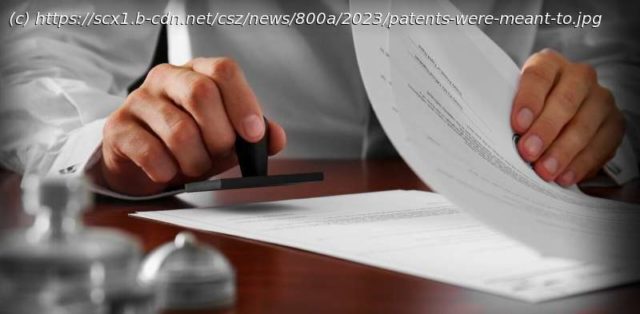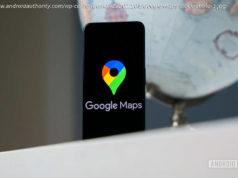For hundreds of years, we’ve been told patents help deliver big new inventions, such as life-saving drugs.
For hundreds of years, we’ve been told patents help deliver big new inventions, such as life-saving drugs.
They are meant to be a bargain between the inventor and the public: tell us how your invention works, and we’ll give you a fixed time—a patent protection period—in which you’re the only person who can make use of it.
Such exclusive rights make it easier for inventors to profit from their investments in research and development, and in theory encourage innovation we wouldn’t get otherwise, which benefits us all.
We’ve long had to accept this bargain on faith. But those core assumptions about patents are increasingly being subject to empirical testing, and—as we detail in a new podcast starting this week—often coming up short.
Consider the most basic assumption—that the public will benefit from patented technologies—both as products and services and as building blocks for more innovation. That’s meant to be achieved by inventors coming up with inventions that work, then telling the patent office how they work.
But research by Janet Freilich from Fordham University in the United States suggests there is a “replicability crisis” in patent claims that rivals those in other fields.
Freilich graded the experiments said to back up 500 life sciences patents against the requirements of the journal Nature—and found as many as 90% didn’t stack up and probably couldn’t be reproduced.






